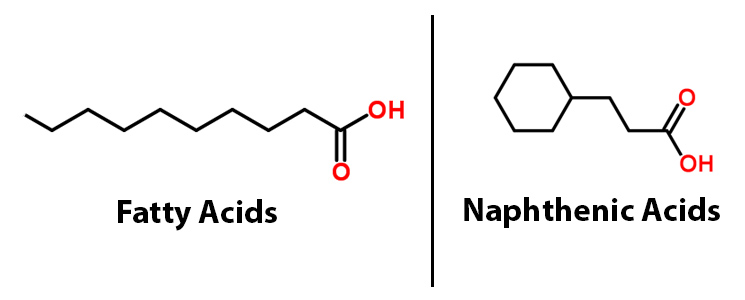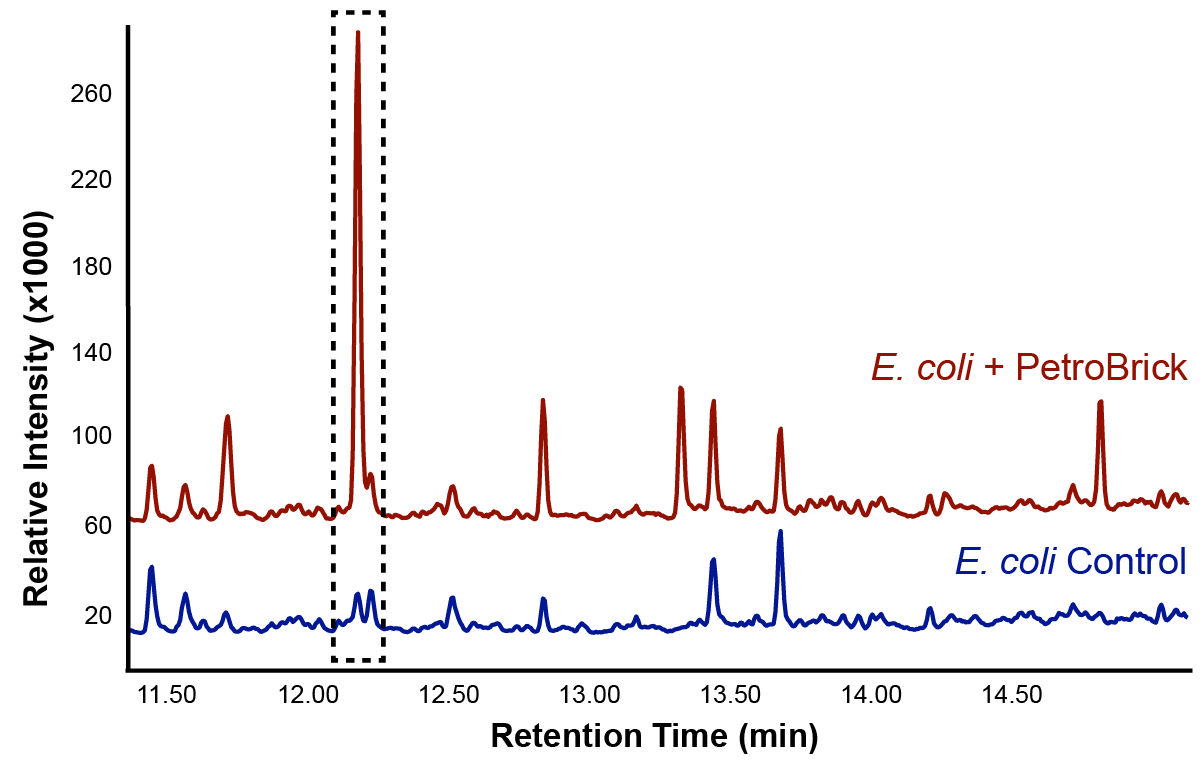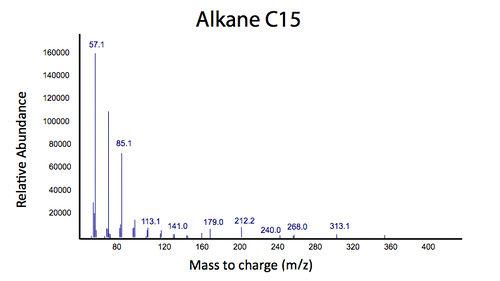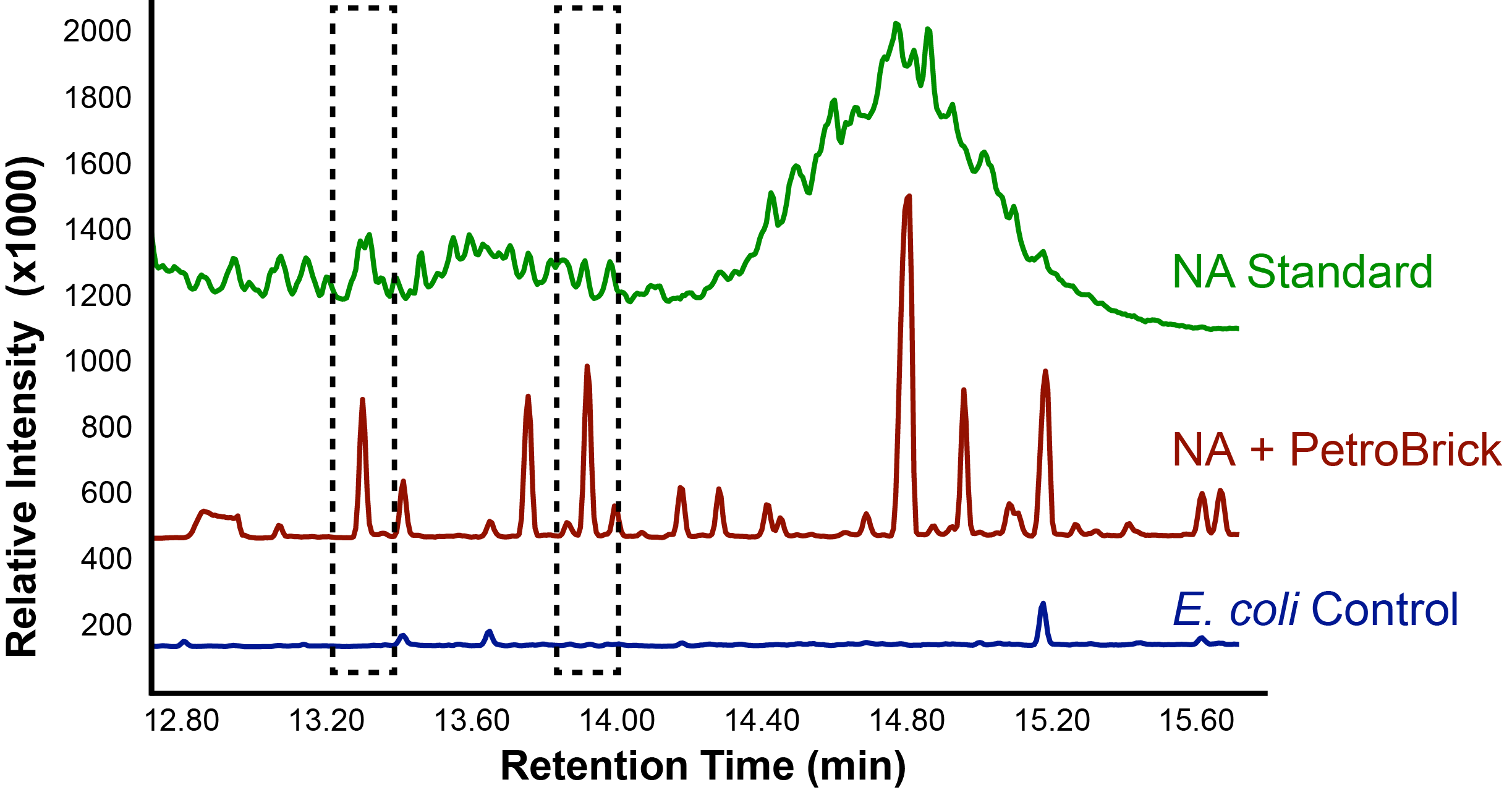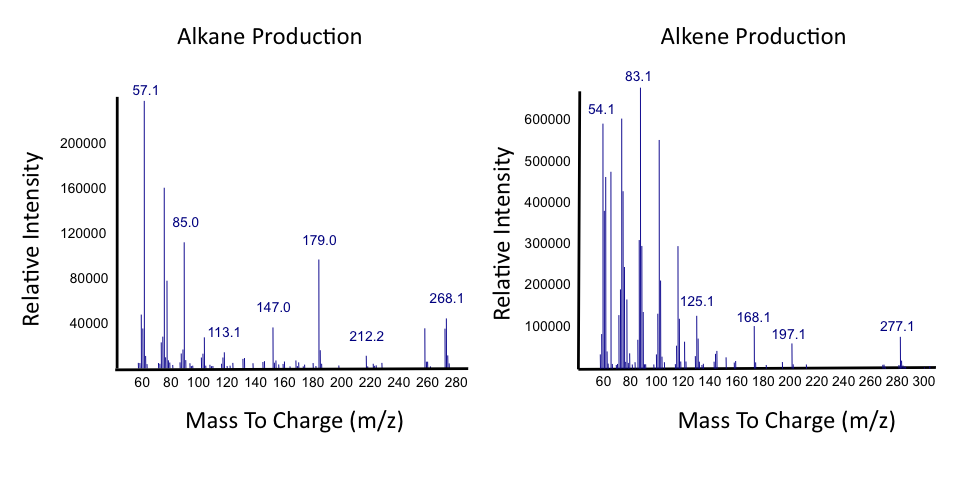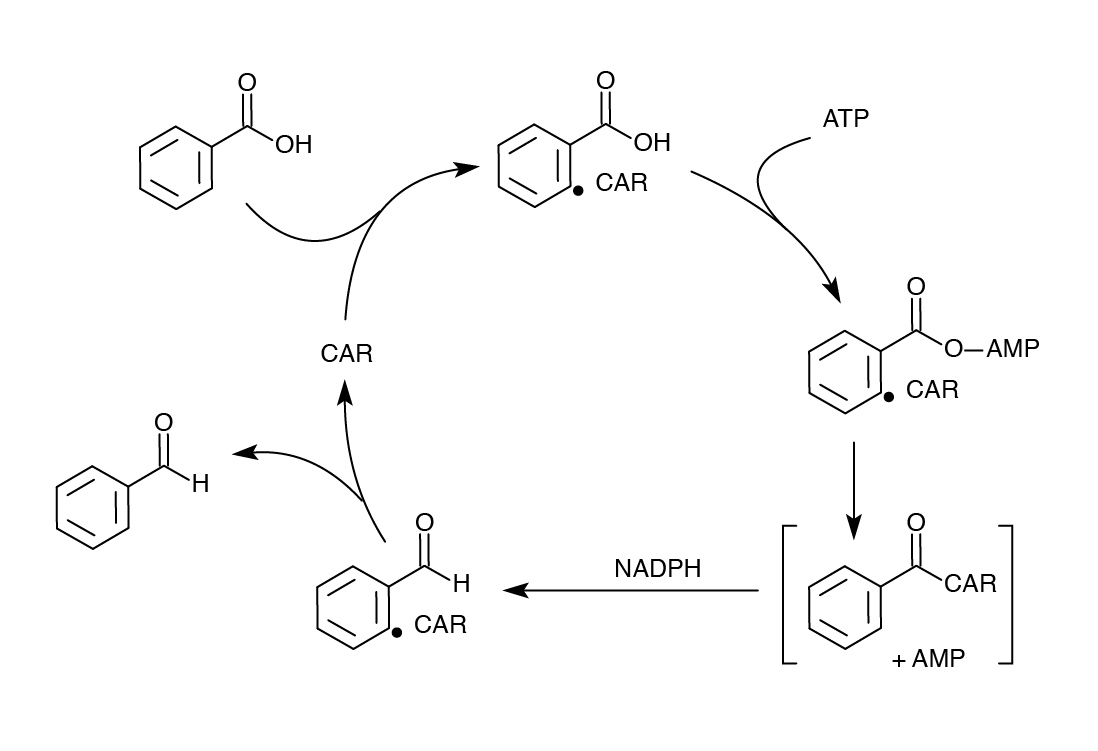Team:Calgary/Project/OSCAR/Decarboxylation
From 2012.igem.org


Hello! iGEM Calgary's wiki functions best with Javascript enabled, especially for mobile devices. We recommend that you enable Javascript on your device for the best wiki-viewing experience. Thanks!
Decarboxylation

Why Decarboxylation?
Though there is great diversity between the many possible compounds termed “naphthenic acids” found in tailings ponds, all share the common chemical feature of a carboxylic acid group. This particular group is known to be the primary cause for the toxicity of these compounds, allowing them to enter through cell membranes and destroy cells (Frank et al, 2009). Naphthenic acids are a very problematic component of the tailings ponds, and are not easily degraded under regular circumstances. They are known to leak into local environments and cause many problems for wildlife (Clemente & Fedorak, 2005), as well as corrosion (Slavcheva et al, 1999). Methods for their degradation are obviously needed.
The main goal of OSCAR is to turn toxins like these into useable hydrocarbons. Removing the carboxylic acid group(s) from them is necessary for this to happen (Behar & Albrecht, 1984). Since naphthenic acids are a widely varying and unspecific mixture of compounds, an enzymatic process with very low substrate specificity is necessary, as particularly specific enzymes would not be able to universally decarboxylate all naphthenic acid substrates found in tailings ponds. Without a carboxylic acid group, an alkane suitable for use as fuel could potentially be obtained. The goal of this subproject was to find a suitable pathway to accomplish the decarboxylation of compounds such as naphthenic acids with the broadest specificity possible.
The PetroBrick
The 2011 Washington iGEM team developed the PetroBrick, a BioBrick consisting of two primary genes. These include acyl-ACP reductase (AAR), which reduces fatty acids bound to ACP to fatty aldehydes, and a second gene called aldehyde decarbonylase (ADC), which subsequently cleaves the entire aldehyde group and results in a hydrocarbon chain. Essentially this allows for hydrocarbons to be produced from glucose. What we realized though, is that these fatty acids that the PetroBrick looks like, has a very similar structure to naphthenic acids.
This led us to believe that the PetroBrick may also have the potential to turn naphthenic acids in to hydrocarbons! This could be a perfect solution to remeidating our naphthenic acids. First though, we had to show that the PetroBrick did in fact work as expected. We had some difficulty with the DNA form the registry and had to get the Washington team to send it to us. Initially the ability for the Petrobrick to produce alkanes from glucose was analyzed in order to verify that the Petrobrick was working as described by the 2011 Washington team. This was demonstrated in Figure 1 and 2.
With the Petrobrick shown to be able to successfully produce alkanes, it was time to test it out on naphthenic acids, so see if they could be selectively converted into alkanes! This experiment used commercially available naphthenic acid fractions including a large number of different complex naphthenic acid compounds.
Results of the PetroBrick
The above graphs indicate that hydrocarbons were successfully produced from E.coli that contained the PetroBrick plasmid, as analysed with GC-MS. In Figure 1, E.coli containing the PetroBrick had significantly higher hydrocarbon peaks than in a control of E.coli that did not contain the PetroBrick plasmid. Not only was the PetroBrick able to degrade naphthenic acids into alkanes, but it was also able to produce alkenes as shown by Figure 2, indicating that the PetroBrick had more potential than previously indicated.
Nocardia Carboxylic Acid Reductase (CAR)
In order to model our part after the PetroBrick, an enzyme was needed to replace AAR that would not require covalent attachment to ACP and would have low enough specificity to accommodate diverse naphthenic acids. The enzyme chosen for this purpose was carboxylic acid reductase (CAR), found in Nocardia iowensis. CAR was selected for its remarkably low specificity in converting carboxylic acids to aldehydes (He et al, 2004). It was determined that a second gene from N. iowensis, called Nocardia phosphopantetheinyl transferase (NPT) was also necessary to append a 4’-phosphopantetheine prosthetic group to CAR required for its full function (Venkitasubramanian et al, 2006).
N. iowensis (NRRL 5646) was purchased from DSMZ and rehydrated, then grown in both solid and liquid brain heart infusion (BHI) media. CAR and NPT were successfully cloned out and amplified, and CAR was verified after ligation with the PET vector by a restriction digest and subsequent gel. NPT was likewise verified.
CAR was also found to have six cut sites deemed illegal for BioBrick construction: one XpaI site, two EcoRI sites, and three NotI sites. These were first to be addressed by a multi-site mutagenesis derived from the QuikChange® Multi Site Directed Mutagenesis Kit, but this showed little success. Instead, a more time-consuming series of conventional single-site mutagenesis procedures was favoured, using the KAPA amplification system. A PET vector was chosen as an alternate vector to pSB1C3 to ligate with CAR for the duration of mutagenesis, while NPT was still ligated with pSB1C3. The XpaI and EcoRI sites were eliminated first, and following these steps and subsequent verification of their success, the mutated CAR+PET plasmid was successfully amplified with BioBrick primers after multiple attempts in preparation for the final construct. NPT was ligated in a construct following part J13002 from the iGEM parts registry, containing a ribosomal binding site and a TetR promoter.
How do the PetroBrick and CAR+NPT work together?
Our team decided to created a BioBrick construction containing three major parts. These included: the PetroBrick (as received from Washington), the CAR gene, and the NPT gene. This construction can be seen below.
Both CAR and NPT use the part JI3002, which consists of pTetR (a constitutive promotor), as well as an RBS (ribosomal binding site). This constitutive promoter allows the gene to always be expressed, so that decarboxylation may consistently occur. The construction also includes Washington’s PetroBrick, which contributes the genes ADC and AAR. While AAR is useful to help convert some carboxylic acids and fatty acids to aldehydes, it is not known to be highly specific like the CAR enzyme. We are primarily interested in using the PetroBrick for its ADC gene, which is responsible for producing the only enzyme in our system that is capable of converting aldehydes into hydrocarbons. Meanwhile, both AAR and CAR in our construct will work to convert the initial carboxylic acids into the aldehydes required to produce hydrocarbons.
What about an alternative? (Jeotgalicoccus olefin-forming fatty acid decarboxylase, or OleT)
In the early stages of work with CAR, an alternate approach to naphthenic acid decarboxylation was proposed that was entirely distinct from the PetroBrick+CAR/NPT system. The idea behind this method was to use olefin-forming fatty acid decarboxylase (OleT) from Jeotgalicoccus sp. ATCC 8456, a decarboxylase of the cytochrome P450 family acting on fatty acids, but with low substrate specificity (Rude et al, 2011). We chose to investigate OleT to determine if it was capable of directly decarboxylating naphthenic acids.
OleT was successfully amplified from the Jeotgalicoccus sp. ATCC 8456. Like CAR, OleT was inserted in a PET vector before placing it into a BioBrick, as two illegal cut sites adjacent to one another needed to be mutagenized. The final construct for OleT is very simple, containing the J13002 promotor/RBS, and the OleT gene. This simple construct should be able to convert carboxylic acids to terminal alkenes on its own.
 "
"
